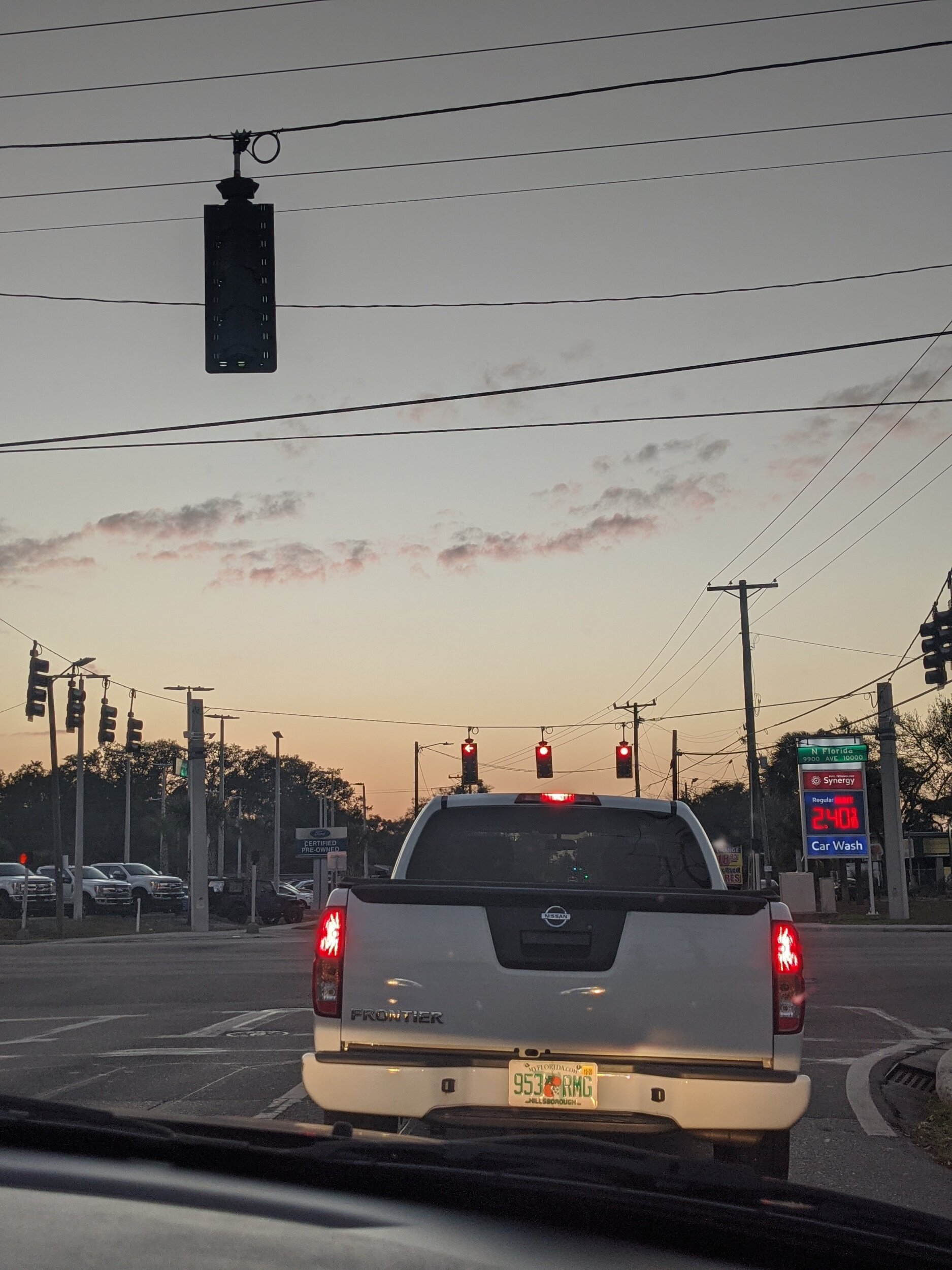I DO Know Something About Birthing Babies, Or: How I Plan Novels
I’m back in the house with a new request from a beloved reader. All you have to do to get me to come out of my hole these days is write in with a question! So, let’s begin.
Reese Anon writes:
Hello Robyn, I hope you're doing well. I was wondering if you can do a post about planning or writing a novel. You mentioned before that the story comes first, but do you always know the plot? How do you flesh it out and know when it's ready?
Thank you for your question and I AM doing well — aside from the bouts of existentialism, panic, and insomnia. But this is a great question and rides the line of generality and specificity in that people approach this different ways so I will have to mainly give my process.
Now I’m not saying my way is the only way, but it’s definitely the best. (Is she kidding? Who knows.)
So, here’s my usual trajectory from nothing going on in my head to I’m going to write a novel:
Get beaned in the head with some essential part of the story — this differs for everyone. It can be a scene (pretty common), or a piece of dialogue with little to no context, or just something thematic or maybe a visual.
Let this piece gestate. There’s no real background for it so you start rolling it around in your head to make a background. And a foreground. And a midground.
Suddenly, your main character appears — flawed, terrible in their glory. They surely fit in… somewhere.
Their flaws start growing vines and thorns. Now they’re not flaws, they’re outright problems. And the problems and that first essential part of the story tangle up.
This is causality. Either the problem of the story (the conflict) is because of your main character or your main character is because of the problem. Go where it feels right. Use your Spidey sense.
This is the basis I usually have before I start writing. I usually grab other things off the shelf like setting and time. These things aren’t just window dressing but can directly impact the plot of your novel so choose them with care — if your novel’s set in, I don’t know, fucking Miami, it’s unlikely that a snowstorm is going to blow by and unhinge things but you can count on hurricanes depending on the time of the year. Time also dictates how people talk, the slang they use, the media they have ingested. All important.
Setting out writing it, actually birthing your new novel onto the paper, is messy business. At first glance, your child is bloody, covered in mucus, head like a potato. Unpleasant to look at. But fear not, because literally everyone’s first draft is like this (yes, even that famous writer you’re thinking of) and if they say theirs is not, they are a nasty liar.
As you go along your first draft, you learn what the story is actually about. Because the truth is you have no idea after just the steps I’ve said — maybe you pick up characters along the way, maybe you drop them. I can remember in one of my novels, completely combining two characters into one in the second draft because I realized they were almost doing the same job, story-wise, and it would be more economical and clean to have just one.
This is when the plot starts churning. I don’t put a ton of stock in plot when I’m just beginning, honestly. It’s something that rears its head depending on the characters’ decisions. By having (like in step one) essential set pieces, scenes, lines that you want to hit, you begin to pick up a timeline. You have thing A, G and M that you want to happen. Now you have to find the pieces between them to connect those larger parts.
The important part is to not bore yourself. This is something that can take a backseat until draft two, but once you start looking back through it, if you find yourself yawning, cut. Cut, cut, cut. I don’t care what you have to do, just don’t ever bore yourself. You’re, simultaneously, boring everyone in the room. Nice people won’t tell you that. But it’s totally what’s happening.
I don’t consider something ready until you’ve edited three times. Once, to rewrite. Twice, to finetune. Three times a lady.
Well, Reese, I hope this was somewhat helpful.
And if you’d like to ask a question, hit the Contact button!







